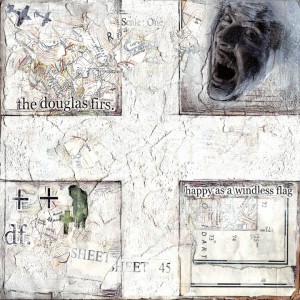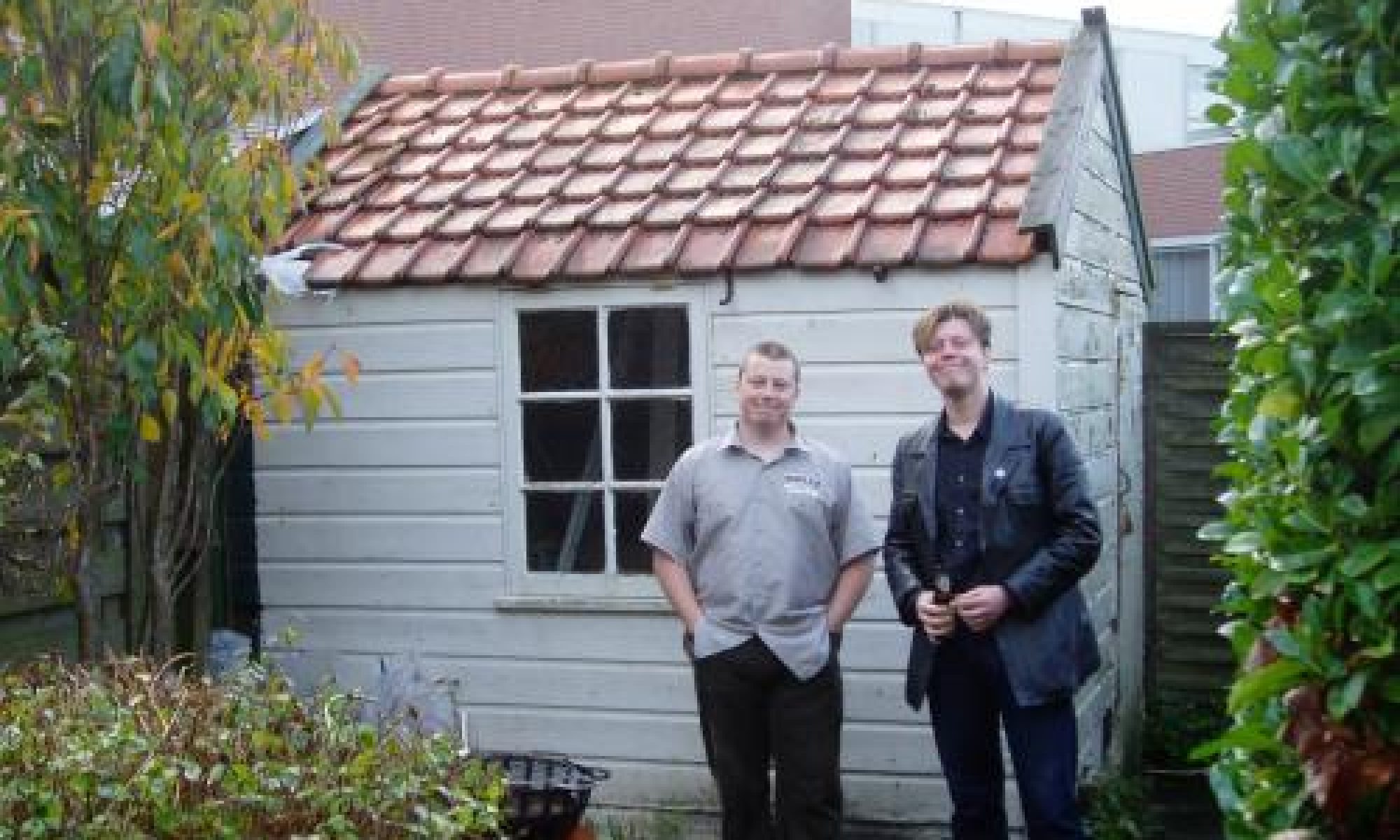The band is so adept at hiding their light under a bushel or sounding hesitant at what you’d think is a vital part of a song’s architecture (the “middle bit”), that the inattentive listener could switch off. So make sure you turn the bloody volume up, otherwise you’ll miss lots.
The band is so adept at hiding their light under a bushel or sounding hesitant at what you’d think is a vital part of a song’s architecture (the “middle bit”), that the inattentive listener could switch off. So make sure you turn the bloody volume up, otherwise you’ll miss lots.

This took some getting into but it was well worth the perseverance. I say it took me a long time, not because of any inherent difficulty with the music, as it’s a very accessible LP in terms of well, you know, actually listening; but the vibe is quiet and undemonstrative, one of those records you play about ten times before realising the whole thing’s really great.
It’s a dreamy record, at times you can lose focus, but maybe that’s the intention, and the odd shard of noise is the exception rather than the rule. The opener I Will Kill Again floats in after a burst of electronic rumbling, and starts to lay down a steady piano-led mantra: it’s all very laid back and grooving. There’s something a little disconnected too, the singing has a ragged, campfire element which I have to say I find enormously appealing. This campfire vibe gets hitched up a bit with A Military Farewell: which takes Glory, Glory, Hallelujah and playfully mucks about with it; (I don’t know the story behind the song, I presume it’s an anti-war tract). And again the vocals are laid back to the point of horizontal: it’s not in your face at all, which is nice.
Funnily enough this particular track highlights what can be really enjoyable but also baffling about this bunch; about half way through the track turns into an electronic mood piece, the sort of shimmering dreamy electronics you’d expect from a Delia Derbyshire or Studio G recording. But it’s done so undemonstratively that it can throw you. The band is so adept at hiding their light under a bushel or sounding hesitant at what you’d think is a vital part of a song’s architecture (the “middle bit”), that the inattentive listener could switch off. So make sure you turn the bloody volume up, otherwise you’ll miss lots.
Actually there’s a fair chunk of dreamy instrumental stuff throughout with tracks like Future State, Nature and Nurture and Sepulture; which boasts a lovely guitar line threading through it). The acid campfire groove is never far away, with The Quickening (a marvellously out of focus chant which morphs into a bucolic hoe down). By the album’s end The Douglas Firs start to rouse themselves a bit from their drowsy bacchanal with powerful, flexible tracks such as The Shadow Line, Balance of Halves and Soporific. Finally they show their muscle and a powerful and coherent band emerges from the wings.
Bloody hippies 
